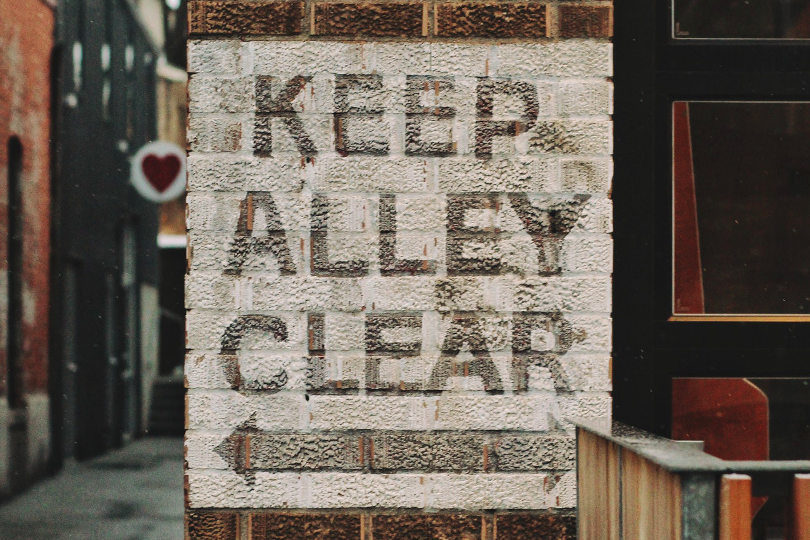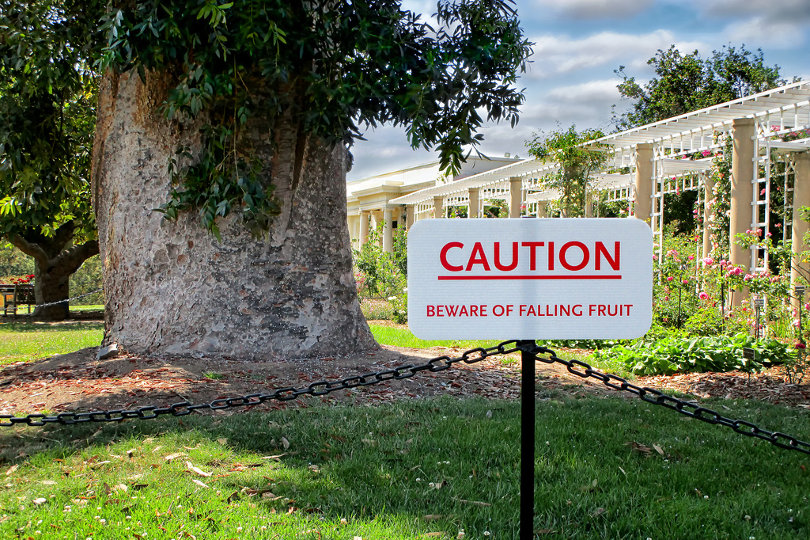As a small business owner, you have to watch every penny. Whenever someone is on your property, there is a risk that they will become injured or experience damage to their property. They could also cause property damage to your business.
Follow these six tips in order to lower the risks of injuries and property damage of all types at your business.

1. Regularly Inspect Your Property
Spend time every day walking through your business and property. If you are not able to do this yourself, designate a trusted and observant member of your team to do it at specific intervals. This is especially important during inclement weather.
It’s possible that rainfall in the morning and dropping temperatures in the afternoon could lead to an icy area that you did not notice if you did your inspection first thing in the morning. Pay extra attention to entrances, exits, sidewalks and restrooms.
2. Train Employees on the Identification of Hazards
All of your employees should be trained on how to identify hazards. You should offer continuing training in order to identify new hazards and seasonal hazards. For example, you may need to offer a pathogens training to employees who are returning to work or starting a new job at your business since the COVID-19 pandemic began.
Employees should be able to identify a wide range of hazards, including wet floors, icy surfaces, broken glass, gas or water leaks, spills on floors and dangerous weather conditions.
3. Inform Guests of Hazards
As soon as you know about a hazard, inform your guests and employees about it. Keep in mind that your guests might have hearing loss or low vision.
Your guests might not speak English. Make sure that your business has the capacity to inform guests of hazards in multiple ways. For example, a wet floor sign and a caution tape placed around a spill reduces the risk of a guest slipping and falling on a wet or icy floor, sidewalk or entrance ramp.

4. Immediately Take Care of Hazard
Informing guests of a hazard doesn’t end your liability. In order to prevent customer injuries and property damage at your business, you need to take prompt action to fix the hazard. For example, if an icy patch has developed near your business entrance, the necessary actions might be placing a slippery floor sign and applying ice melting chemicals to the affected area. For a water main break, you might rope off the area and immediately call commercial plumbers or the local water utility.
5. Obtain Liability Insurance
Your business needs to have liability insurance. If someone gets hurt, they could get a judgment against you. It will cost you to defend yourself in court. If you get a judgment, you will have more to pay. If your business cannot afford this, purchase liability insurance.
6. Maintain Your Property
Property maintenance goes a long way in avoiding hazards. An annual inspection of your electrical, mechanical, roofing and plumbing systems identifies many problems and gives you time to fix them before they cause danger. Routine concrete and asphalt inspections are also essential.







